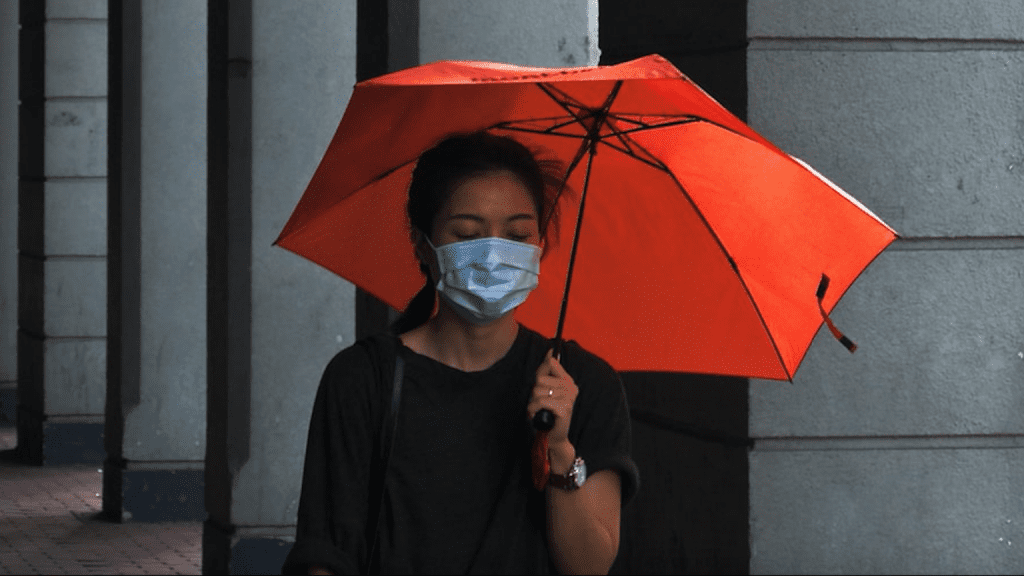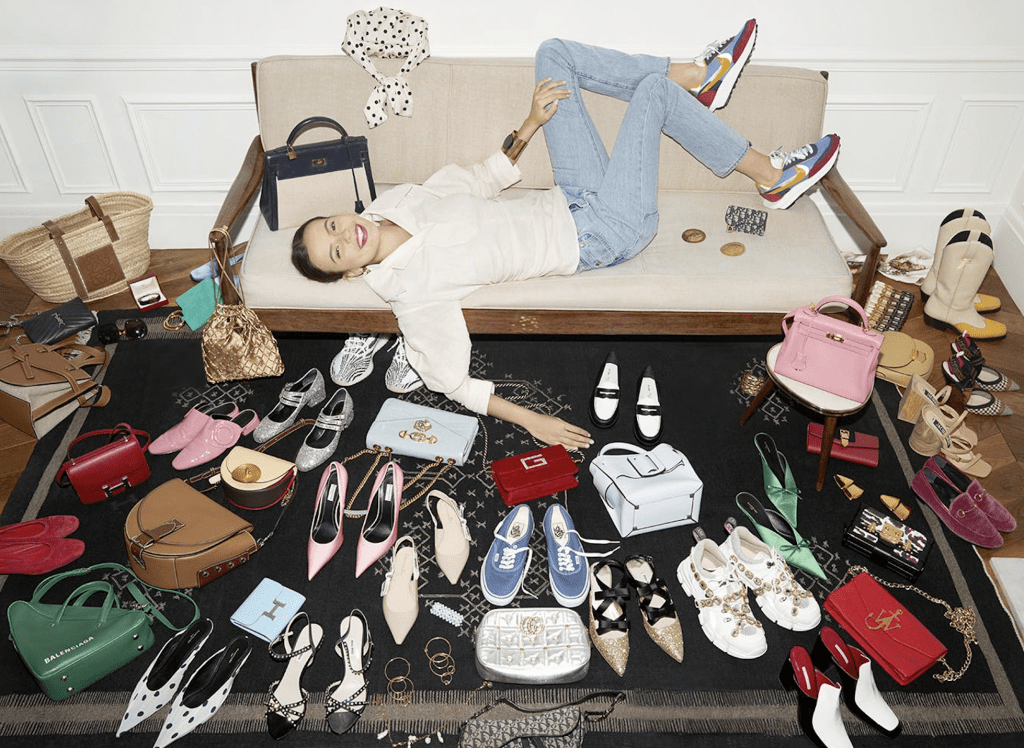Companies across the globe are using their resources to help in a crisis. From New York-based designer Christian Siriano to Italian mega-brand Gucci, fashion and non-fashion entities, alike, are putting their networks of laborers and factories to good use to address the global health pandemic that is COVID-19. In addition to ponying up cash, brands are pivoting their manufacturing capabilities, which is seeing them produce hand sanitizers in the case of Paris-based giant LVMH Moët Hennessy Louis Vuitton, or constructing thousands of hospital gowns and face masks, which is what Milan-based Prada has committed to doing, while streetwear brand Supreme has been seeking a manufacturer to create masks in the U.S.
As homemade – and fashion factory-made – masks become something of a budding effort among brands with the manufacturing capabilities and the desire to help stop the spread of this novel virus, America’s Center for Disease Control (“CDC”) has a strong message: not all masks and other personal protection equipment (“PPE”) is created equal.
In furtherance of that fact, health authorities caution that there are very real requirements that must be adhered to in order for masks to be anywhere near as effective as the standard N95 respirators and surgical masks, which are constructed from specialty materials, and regulated by the Food and Drug Administration (“FDA”), as well as the CDC’s National Institute for Occupational Safety and Health. In short: there is a significant difference between “surgical” and “non-surgical masks,” and by law, the labeling of these products must reflect that.
Unlike “surgical gowns and surgical masks” (including “surgical N95 respirators or N95 filtering facepiece respirators” if they are “intended to prevent specific diseases or infections”), which are specifically regulated by federal law in the U.S. and subject to an array of FDA-imposed clearances and premarket requirements as a result, fashion brand-created masks are different.
As the New York Times reported, Christian Siriano, who has “reassigned his 10 seamstresses in New York” to make masks, and Dov Charney, the founder of American Apparel, is using his sprawling Los Angeles-based factory (home of his new brand Los Angeles Apparel) to produce “300,000 masks and 50,000 gowns in a week.” Both Charney and Siriano are designing “their own washable, reusable” masks, which “are not ‘medical grade.'” Although, according to the Times, “Mr. Siriano intends to make masks that meet FDA standards as soon as he can acquire approved materials and patterns, and begin prototyping.”
It is well understood that “masks must be made with strict [often legally-governed] standards and patterns in mind,” Emily Brayshaw, a professor at the University of Technology in Sydney, asserts, while also observing various labeling guidelines. (The existence of such strict federal regulations when it comes to masks is almost certainly why “designers who are making masks have begun to emphasize that they are ‘non-surgical,'” per GQ). Such standards – which include the use of specific medical-grade textiles and coating technologies that aid in filtration (to ensure that the masks do, in fact, serve to block minuscule airborne particles), and manufacture and storage of the masks in an environment that meets the legally-defined “quality system requirements” – can be difficult to meet. As many of the designers that have set out to make masks and other PPE told GQ, they “now find themselves facing manufacturing quandaries, with some stalled by unclear guidelines and a lack of access to medical-grade fabrics.”
Even if the majority of fashion-made masks are not the same as traditionally utilized by medical professionals, given the overwhelming shortage of masks, the FDA recently revealed that it will observe some slightly more lax rules when it comes to masks. As indicated in a March 2020 release, the government entity stated that during the COVID-19 Public Health Emergency, it will “not object to the marketing and distribution of” certain face masks without the usually-required prior-clearance, a move that stands to enable brands that want to help to do so without having to get too far into the weeds from a legal perspective.
In accordance with its temporary new stance, the FDA stated that companies may produce and distribute non-surgical if the product is labeled in the following manner: it may be used when FDA cleared masks are unavailable; it recommends against use in a surgical setting or where significant exposure to liquid bodily or other hazardous fluids may be expected; it makes no claims of antimicrobial or antiviral protection; it makes no claims of infection prevention or reduction; it makes no claims regarding flammability; the labeling contains a list of the body contacting materials; and the mask is not labeled as a “surgical mask”; rather it may be labeled as a “face mask.”
For masks that are labeled as “surgical” and thus, required to meet an array of specialized specifications, including “fluid resistance testing (liquid barrier performance) consistent with ASTM F1862 standard test method,” the FDA has stated that they will also need to include specific labeling, which specifies that the mask “does not include uses for antimicrobial or antiviral, protection or related uses; does not include uses for infection prevention or reduction or related uses; does not make particulate filtration claims; and contains a list of the body contacting materials, which should not include any drugs or biologics.”
As for the efficacy of non-surgical masks when it comes to the spread of COVID-19 or other viruses, the evidence is generally not very promising. “Studies into H1N1 viruses show common fabrics” – as opposed to the technologically-superior ones used to craft N95 and surgical masks – “may provide only marginal protection against virus-containing particles in exhaled breath,” Brayshaw states. A 2015 study that compared the efficacy of cloth masks to medical masks bolstered this sentiment after finding that cloth masks stopped just 3 percent of particles, while medical masks stopped 56 percent.
This makes homemade versions “a last resort … in settings where [other] facemasks are not available,” according to the CDC, but a popular resort for fashion brands looking to do good, nonetheless.











